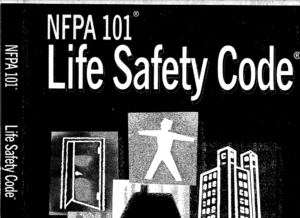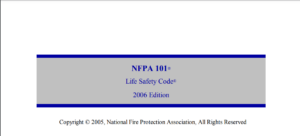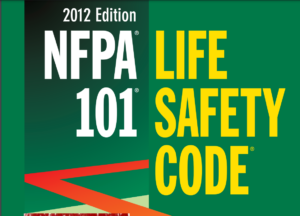The 2016 Louisiana NFPA 101 – Life Safety Code provides a historical perspective on significant fire incidents to underline the importance of stringent building safety regulations. These incidents exemplify the disastrous consequences of neglecting fire safety measures in various environments.
The Coconut Grove Fire in 1942 in Boston is one of the deadliest nightclub fires in U.S. history, with 492 fatalities. The tragedy was exacerbated by blocked exits, highly flammable decorations, and inadequate evacuation procedures. Similarly, the Ringling Brothers Fire in 1944 in Hartford, Connecticut, resulted in 168 deaths due to the use of flammable waterproofing materials on a tent, which housed around 7,000 spectators.
The Our Lady of Angels fire in 1959 in Chicago tragically demonstrated the hazards of inadequate building materials and poor construction practices. The fire, started by a student, quickly spread due to combustible materials stored in a stairwell, resulting in 95 fatalities.
In 1977, the Beverly Hills Supper Club fire killed 165 people, mainly due to overcrowding, locked exits, and flammable interior components. Lastly, the MGM Grand Fire in 1980 in Las Vegas claimed 84 lives, where smoke and fire spread rapidly due to unprotected seismic joints and delayed alarm systems.
These historical events have shaped modern fire safety codes, emphasizing the critical need for properly designed and maintained escape routes, fire barriers, and safety protocols to prevent similar tragedies.






